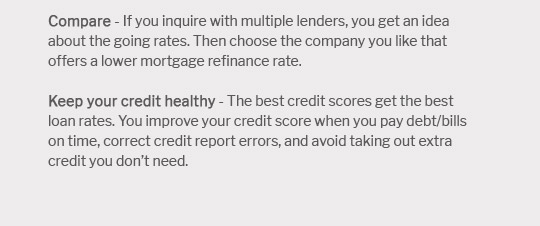 |
|||
 |
 |
 |
||
|---|---|---|
 |
||
 |
||
 |
||
 |
||
 |
||
 |
||
 |
 |
 |
 |
Understanding House Rates in Texas: What to ExpectWhen it comes to buying a home, understanding house rates in Texas is crucial. With fluctuating markets, the Lone Star State offers a unique landscape for prospective homeowners. This article delves into various aspects of house rates, providing quick facts and insights. Current Trends in Texas Housing MarketThe Texas housing market has seen significant changes over the past few years. With a growing population and strong economic conditions, demand has increased, impacting house rates across the state. Urban vs. Rural AreasUrban areas like Austin and Dallas have experienced substantial rate increases due to higher demand and limited supply. Conversely, rural areas offer more affordable options, appealing to those seeking spacious land and quieter lifestyles.
Impact of Economic FactorsEconomic stability and job growth are pivotal in shaping house rates. Texas, with its booming tech and energy sectors, continues to attract new residents, thus influencing housing demand and prices. For those seeking the cheapest home loan rates, exploring various financing options can make a significant difference in affordability. Factors Affecting House RatesSeveral factors contribute to the dynamics of house rates in Texas. Understanding these can help in making informed decisions when purchasing a home. Supply and DemandThe basic economic principle of supply and demand is a primary driver of house rates. In Texas, the influx of new residents has often outpaced the construction of new homes, leading to higher prices. Interest RatesInterest rates on mortgages can significantly affect the overall cost of a home. Lower interest rates generally lead to increased buying power, while higher rates can dampen demand. For those in need of urgent home loan approval, understanding the current interest rate trends is essential to secure favorable terms. Regional Variations in House RatesTexas is a vast state with diverse regions, each exhibiting unique housing market characteristics. Here, we explore some of the major regions and their house rate trends. North TexasNorth Texas, particularly the Dallas-Fort Worth area, has experienced rapid growth. The tech industry boom has driven house rates upward, making it one of the most competitive markets in the state. Central TexasCentral Texas, including Austin, is known for its vibrant cultural scene and strong job market. This region has seen some of the highest increases in house rates due to high demand. Frequently Asked Questions
https://www.redfin.com/state/Texas
Texas Real Estate - There are currently 169,102 homes for sale in Texas. The median list price in Texas is $373,900 and the average price per square foot is $176 ... https://www.zillow.com/mortgage-rates/tx/
The current average 30-year fixed mortgage rate in Texas increased 2 basis points from 6.79% to 6.81%. Texas mortgage rates today are 2 basis points lower than ... https://www.texasunitedmortgage.com/what-are-todays-mortgage-rates-in-texas
Get your rate today! We'll give you a no-haggle, low rate quote with fast response times and friendly service. Get Your Rate Today.
|
|---|